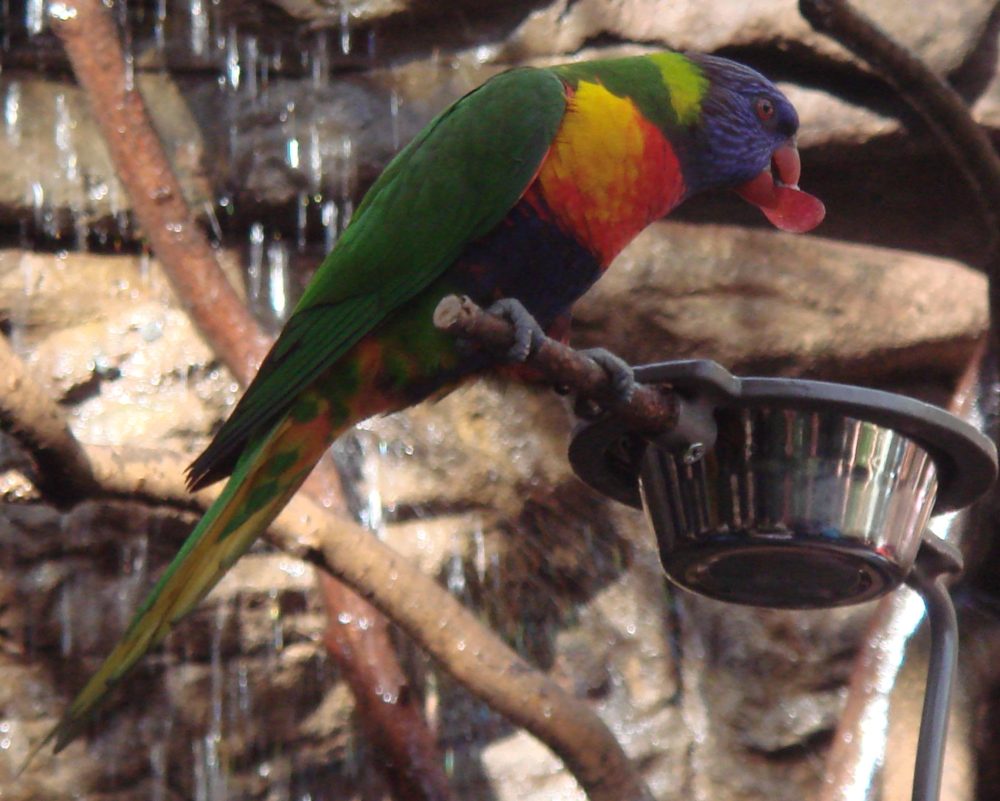By Neena Bhandari
Sydney, 30.07.2001 (WFS): A mysterious and devastating polio-like virus is affecting Rainbow Lorikeets in Australia. The bright hued, gregarious bird with a distinguishing blue head is unable to stand, fly or perch on contacting the disease.
Similar to Poliomyelitis or infantile paralysis in humans where a virus affects the nervous tissue, in the birds too, part of the nervous system is affected causing symptoms of paralysis.
With virtually nothing known about the `suspected viral polioencephalomyelitis’ in the birds, Dr Rosemary Booth, a veterinarian at the University of Queensland in Brisbane and Dr Karrie Rose, a pathologist at the Taronga Zoo in Sydney are carrying out intensive research to unravel the mysterious virus affecting the Rainbow Lorikeets.

